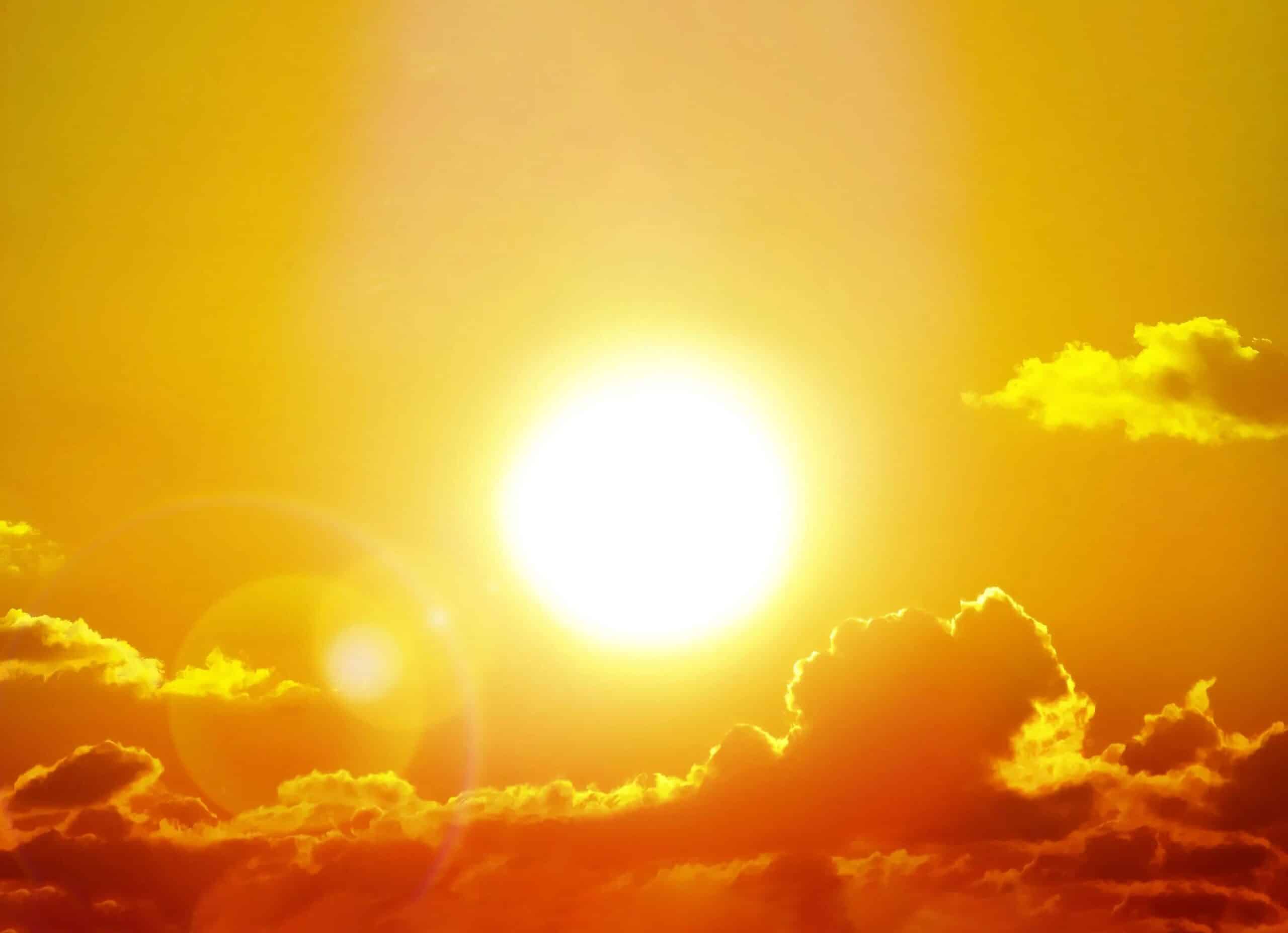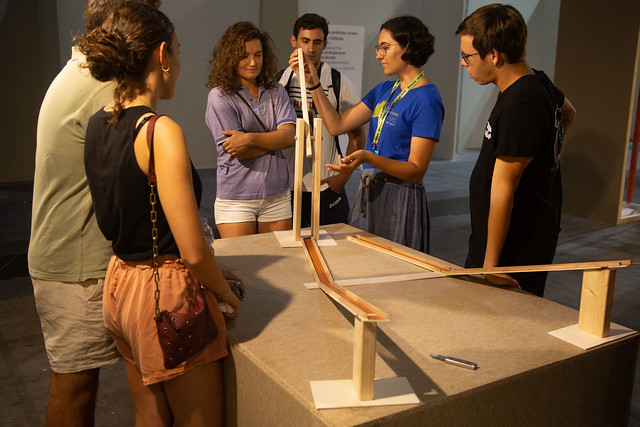GIFT AND RESOURCE THE CHALLENGES OF ENERGY

Organized by Euresis and Camplus
“In fact, man proves to be a divine thing because where nature ends producing its spices Man, here begins with natural things to make, with the help of the same nature, infinite spices”.
Leonardo da Vinci
Since the beginning, man has been able to creatively use the natural resources of his environment to emancipate one’s existence. From the domestication of fire, about a million years ago, to nuclear power plants of our days, the ability to recognize and use new forms of energy has accompanied the entire arc of human history, marking extraordinary improvements in living conditions and supporting the existence of an increasing number of human beings. However, all of this has led to an increasing impact on the environment, reaching in recent times levels of seriousness and potential disaster, as documented by the complexity of contemporary debate.
Perhaps the frequent use of the word “energy” leads us to consider it as something acquired, something obvious. For example, it may seem evident that means of transportation can be powered equivalently by a combustion engine, an electric motor, or even a nuclear engine (like some submarines). However, this interchangeability is far from obvious and stems from a fundamental property of nature. There is a certain combination of natural factors, which we call “energy,” that does not change during any material process: if it decreases in one part, it must increase somewhere else. In fact, we cannot “produce” energy; we can only “transform” it.
What do we really mean by “energy”?
In what fundamental ways does it appear?
What can it transform from one form to another? Is there a source of energy that is at the origin of all others present on our planet?
How do living organisms harvest and harness energy to sustain their existence?
What forms of energy are accessible to us, human beings, and which of these are more sustainable?
What is the energy situation today, and what awaits us in the future?
These are some of the questions that the scientific space wants to explore. They have roots in the scientific field and touch crucial aspects of the present and future coexistence of all humanity. We want to ask ourselves if the relationship between the human subject and nature can avoid both opposition and submission, enhancing the creative contribution of humankind.
Is it possible for the human community to “work and guard” the world without compromising it?
What strategies can we put in place to respond to the growing needs of humanity, considering all the factors involved?
The title of the Meeting invites us to consider “human existence” as “friendship.” The Judeo-Christian concept about nature as creation invites us to recognize God’s original friendship with man in the gift of nature and friendship among men as a way to collaborate with Him:
“Creation can only be understood as a gift that springs from the open hand of the Father of all, as a reality illuminated by the love that summons us to universal communion”
(Pope Francis, Laudato Si’, 76).
Initially, energy will be highlighted as a response to human needs, from the most fundamental and primitive such as feeding, heating, and lighting the environment, to the more complex needs typical of modernity like transportation, movement, and supporting industrial production. But these needs can be satisfied more effectively if we are not only able to collect energy as it appears in a certain place and form but also transform, store, and transport it where needed. In each of these steps, as well as in the endeavor to respect the intrinsic limits of the environment in which we intervene, human ingenuity plays a crucial and fascinating role. We will see historical examples of renewable energy sources, thus opening the current theme of sustainability. Some of the more commonly used and promising forms of energy and their transformations (hydroelectric, photovoltaic, wind) will be mentioned.
We will then discover that almost all the energy present on Earth comes from a single source: the Sun. In the central regions of our star, an admirable combination of all four fundamental forces of nature (gravitational, electromagnetic, weak nuclear, strong nuclear) produces stellar nuclear fusion. After multiple and surprising transformations, over 99% of all available energy on our planet derives from the Sun.
Living organisms, including ourselves, also exist thanks to this transformed energy, made available through a series of refined physical and chemical processes. There are two fundamental ways in which the living world uses energy: the direct use of solar radiation through photosynthesis and metabolism, which supplies fresh energy to each cell of the organism. It is this energy, stored in ancient fossils, that we exploit in fuels of biological origin such as coal, oil, and natural gas.
Finally, particular emphasis will be placed on controlled nuclear fusion: the attempt to reproduce in the laboratory the processes that support our Sun, adapting them to terrestrial conditions to obtain the most efficient and clean energy source among those exploited so far by humanity. It represents a formidable technical-scientific challenge, the subject of an enormous international effort, which promises the next global quantum leap within a few decades. The state of the art of cutting-edge projects involving the international scientific community, and the scenarios that can be glimpsed for future generations will be explored.
The proposal is focused on the scientific field, but the theme clearly intersects with environmental, social, economic, geopolitical, and even philosophical-theological issues.
EVENTS SCHEDULED IN THE EXHIBITION ARENA
Every day, there will be in-depth meetings on different aspects of the exhibition.








